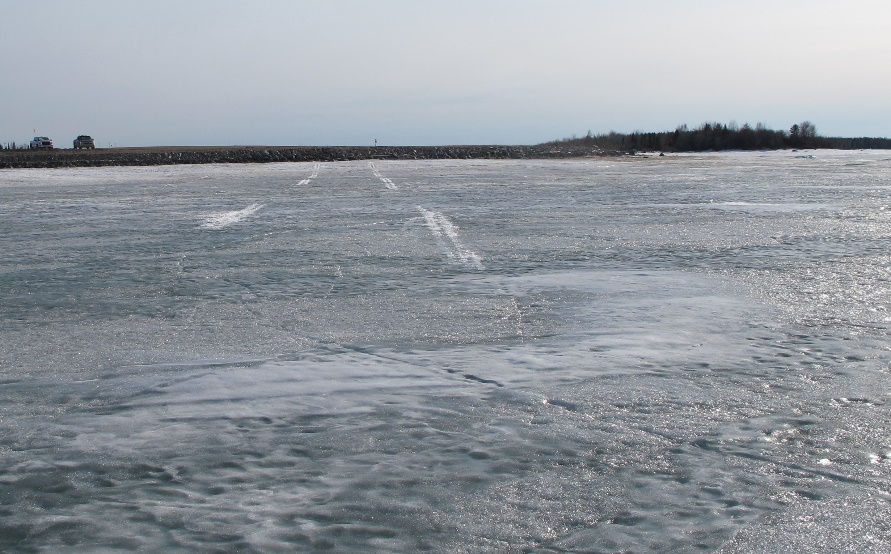July 29, 2020
Fuel Exhaustion Leads to King Air Crash-landing – TSB
admincopa
A Keewatin Air captain performing ‘indoctrination captain’ duties during a King Air positioning flight forgot to order fuel before taking off from Winnipeg airport (CYWG) for Churchill, Manitoba. The Beechcraft B200 turboprop aircraft, normally used by Keewatin Air for medevac purposes, was returning to Rankin Inlet airport (CYRT) in Nunavut with two pilots and two nurses on board, one of whom was to be dropped off in Churchill.
The indoctrination captain was monitoring the performance of another Keewatin pilot as part of the company’s approval process needed before one of their line pilots can be promoted to captain. As such, the indoctrination pilot was performing the role of first officer (FO) on the occurrence flight and the captain in training served as the pilot in command (PIC).
A number of checks that could have revealed the actual fuel situation were skipped or not performed correctly, which led to the aircraft running out of fuel mid-flight and landing on the frozen surface of Stephens Lake, short of Gillam airport (CYGX) before finally coming to rest near the threshold of Runway 23, striking a berm on the way which caused the main landing gear to shear off. There were no injuries.

The IFR flight plan to Churchill airport (CYYQ) specified Gillam as the alternate. Accounting for the alternate destination plus the required 45-minute reserve, the company’s flight planning software called for 2,456 pounds of fuel. This is the amount the PIC entered in the ACTUAL FUEL ON BOARD box in the operational flight plan.
The FO had estimated 1,600 lb. of fuel during his pre-flight checks (later TSB calculations determined the fuel amount to have been closer to 1,300 lb.). The fuel technician, from whom the pilot normally ordered fuel, was not in his office when the pilot wanted to order the fuel. No follow-up fuel request was made. After waiting for the final passenger to arrive, the PIC asked the FO is the aircraft was ready for flight. The FO responded that it was.
During the start-up phase, when the FO came to the FUEL QUANTITY item on the aircraft’s BEFORE START checklist, the PIC responded with what was printed on the checklist, SUFFICIENT/BALANCED, without actually checking the fuel gauges.
During the climb-out from Winnipeg, the PIC performed another progressive fuel calculation. Rather than check the fuel gauges, he entered 533 nm in the DISTANCE TO DESTINATION box. He then notified the company’s flight coordinator that they had three hours and 55 minutes of fuel on board.
While approximately 14 nm from Gillam, the aircraft’s left fuel pressure warning light illuminated, and the engine began surging.
See the full TSB report appended below for further details.
Photo credit: TSB
a19c0038.EN